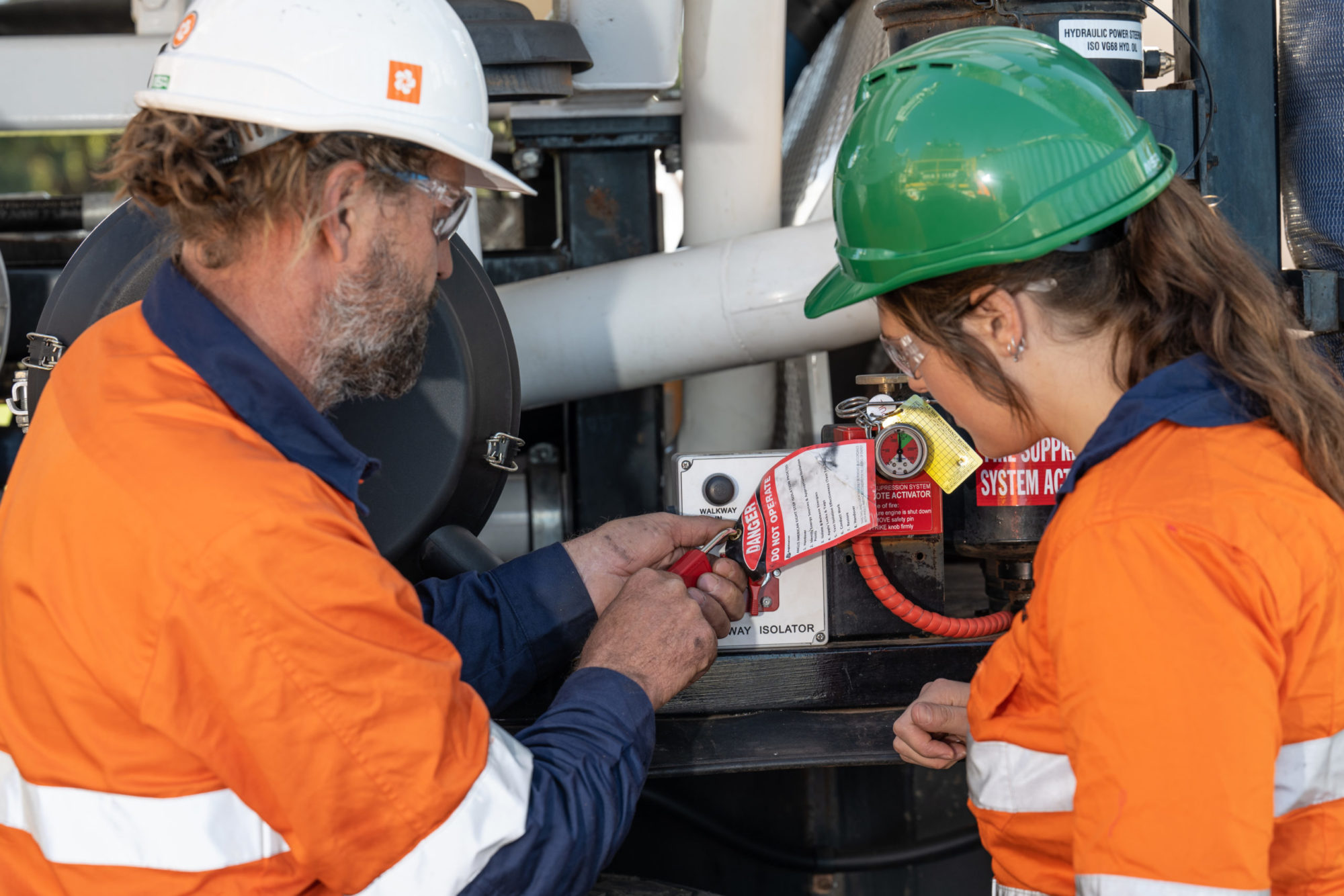
Driving Sustainable Solutions
As a global business, we understand our vital role in contributing to and developing the communities in which we operate. Equally important is our responsibility to minimize environmental impact from our business for the benefit of those same communities. Over a decade ago, we launched our first global environmental sustainability program focused on air quality, energy and water conservation, and minimizing waste and hazardous materials. Since then, we have integrated the principles of environmental sustainability and continuous improvement into all our operations. By embracing technology, innovation and global best practice, we have made significant progress in reducing our footprint while assisting our clients to advance their own environmental goals.
We strive to develop the most technologically advanced fleet of drilling equipment along with attracting and retaining highly skilled and trained drilling crews. Over the last decade, we have heavily invested in global fleet modernization, purchasing and producing leading-edge, high-efficiency engines and retiring older, less efficient engines. Going forward, we plan to further increase and diversify our investment in new drilling technologies, enabling significant advancement of our environmental goals, including:
-
lowering emissions.
-
reducing drilling operations’ surface ‘footprint’.
-
minimizing water use and waste production.
-
minimizing water use and waste production.
-
creating less noise.
-
avoiding or reducing the disturbance of sensitive ecosystems.
Effective Environmental Management
Our approach to environmental management is anchored in our Environmental and Health and Safety (EHS) policy, governing the conduct of all employees, officers and directors of Boart Longyear. We each have an individual and collective responsibility to protect the environment and the communities in which we operate, while being mindful of delivering continuous improvement in the pursuit of EHS excellence. All new hires undertake mandatory environmental training, as well as job-specific environmental safety plans and training which prepare employees to:
-
understand workplace environment issues and the available controls.
-
understand key local legislation within specific locations.
-
perform risk assessments.
-
report environmental/heritage issues to appropriate personnel.
Conserving Energy
Minimizing energy consumption is a primary means of reducing our carbon footprint and a priority at all our global facilities and operations. We employ a range of measures to reduce energy usage at our permanent facilities and job sites, including:
-
tracking and managing power use.
-
evaluating energy efficiency opportunities.
-
evaluating opportunities for alternate energy use.
-
replacing older HVAC systems with newer, more efficient models.
-
installing LED shop lighting and energy-efficient systems at facilities, where possible.
Lowering Emissions
Electric motors currently power 35% of our rig fleet which has significantly reduced our carbon footprint while enabling our clients to meet their own emissions-reduction goals. Going forward, most of our capital expenditure will be invested into new technologies to improve productivity and advance our environmental goals. This will include installation of new, lower-emissions clean engines into our legacy fleet with a goal of all engines having a diesel emissions rating of Tier 3 or better.
Minimizing the Footprint of Greenfield Exploration
At greenfield exploration sites, Boart Longyear takes several measures to mitigate the impacts on flora and fauna, utilizing heliportable rigs for such situations and remote locations. Boart Longyear’s LF™70 significantly decreases environmental impact to a drill site. With just seven components, it takes less than one hour to disassemble and the same amount of time to reassemble the rig. Special attention was afforded to the drill’s design including total weight and dimensions. Each of the seven components weighs less than 585 kg and is easily transportable by helicopter, removing the need to establish new roads to reach remote or seemingly inaccessible sites.

